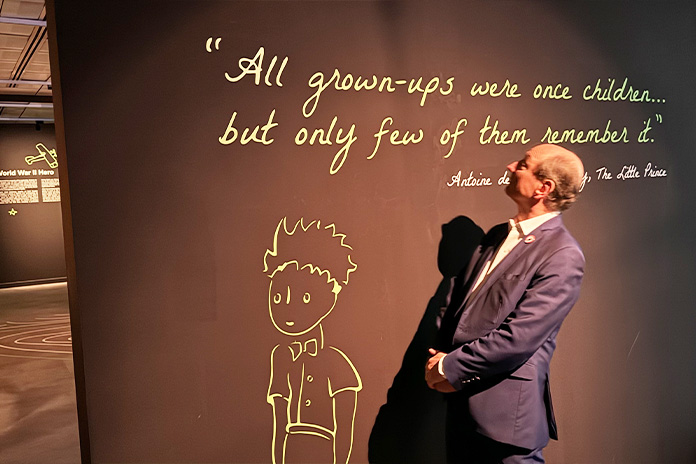
TWO heroes unwittingly emerged from the mind of an intrepid French aviator.
Even if you haven’t read it several times, you’ve heard of the book, and possibly the author.
The Little Prince, a slim volume that has been translated into over 600 languages since it was published in 1943, was the work of French aviator Antoine de Saint Exupéry. The story of a little boy who travels to different worlds to come face-to-face with various human traits bears similarity to the writer’s own experiences.
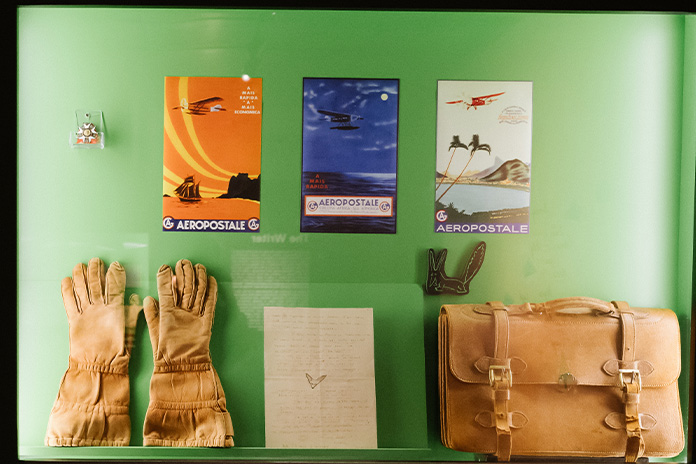
Read at different phases of your life, The Little Prince is able to unearth messages of importance to the reader.
“It’s a magical book,” insists Olivier d’Agay, the grand nephew of Saint Exupéry, who was at the Alliance Française de Singapour, to launch the exhibition Antoine de Saint Exupéry: When A Prince Takes Flight a highlight of the vOilah! 2024 France Singapore Festival.
The aviator and author didn’t live to see his little creation grow in stature. After publishing his book in 1943, on the morning of 31 July 1944, Saint Exupéry took off from Borgo, Corsica in his Lightning P38 on a photographic mission. He did not return, and was officially declared disappeared on 8 September 1944.
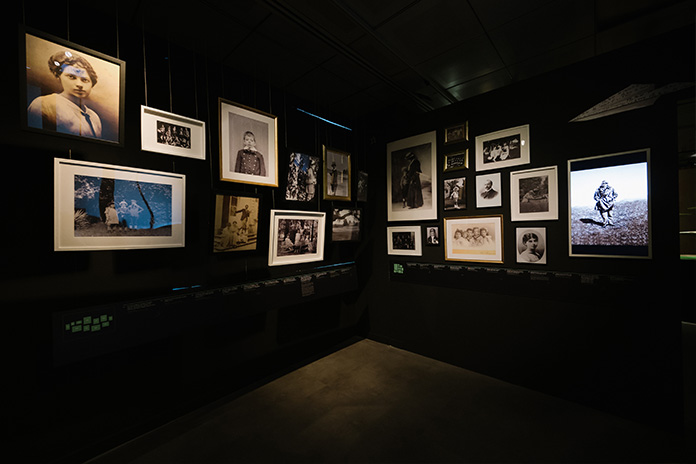
St Exupéry never enjoyed the fruits of his imaginative mind, but successive generations of the family have.
d’Agay is the Secretary-General of The Antoine De Saint Exupéry Youth Foundation, which has grown as a result of Saint Exupéry’s posthumous commercial success. The objectives of the Foundation are threefold: sustaining the legacy of Saint Exupéry’s work and life, through exhibitions and museums; curating exhibitions and the Licencing of the Little Prince; to support projects in education and the environment.
The Little Prince is an ambassador for the planet; a commentator on nature, the biosphere and such concerns, explains d’Agay.
One of the challenges, he admits, is getting the younger generation to read.
ALSO READ: Are Social Clubs Still Relevant?
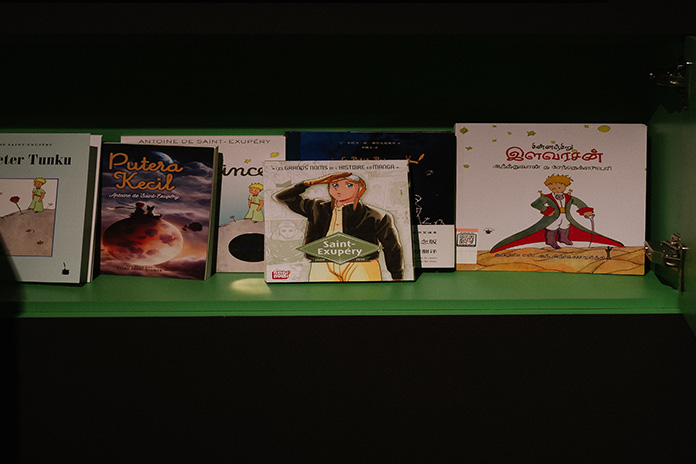
“They know the character and the story. But they don’t read the book.”
The foundation keeps The Little Prince alive via active social networks that connect with the younger generation; to enable collective experiences of the brand and the book.
In addition to the various exhibitions — about 6 a year — there are TV series, films, immersive shows and ongoing translations of the books.
Translations of The Little Prince can be found in many Asian languages, including Singlish, and even alien languages (literally) like Klingon — from Star Trek which is appropriate given the Little Prince’s fondness for interplanetary travel. There are versions in braille and Morse code.
“In some countries these translations help to keep a language alive,” d’Agay explains. “Some dialects are fading out, but thanks to a translation in that dialect, children get a book to read.”
Beyond the 600+ available languages there are more than 6,000 editions, as each translation would be a unique version. There are more than 50 editions in Japan, and in Korea, they exceed 1,000.
“In China a translation has sold more than 6 million copies because it’s very good, I’ve been told,” d’Agay says.
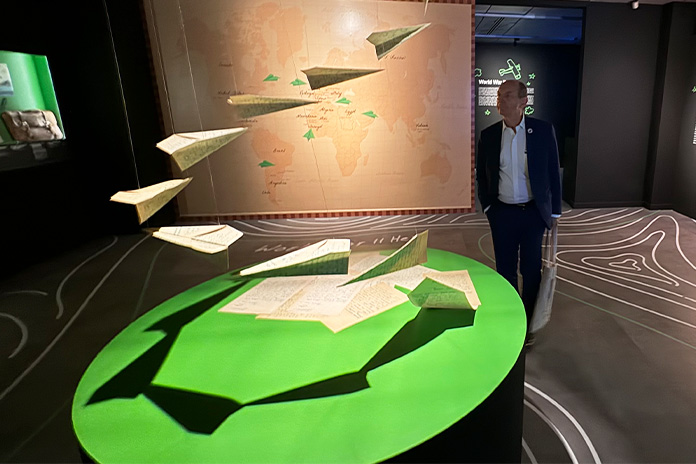
The exhibitions showcases images and information from his birth, through his years growing up and his career as an aviator taking flight. Paper planes represent the journalist and aviator intertwined in the writings of adventure that would be found in his books.
Also in evidence is a chain bracelet with Exupéry’s name engraved on it, discovered on 7 September 1998, by a fisherman in Marseille. This bracelet was offered to Saint Exupéry by Consuelo, his wife, in 1942, when they were in New York.
“Antoine de Saint Exupery’s works hold immense significance in promoting French literature to a global audience,” says Fabian Forni, Executive Director of the Alliance Française de Singapour, who grew up with the books of Saint Exupery.
“His writing transcends cultural boundaries, offering profound insights into life that resonate with readers worldwide. Through masterpieces like The Little Prince and his other novels Wind, Sand and Stars or Night Flight, Saint Exupéry not only showcases the beauty of the French language but also conveys universal themes of adventure, love, friendship, and the pursuit of meaning in life.
“Saint Exupéry’s emphasis on compassion, empathy and the importance of cherishing the simple joys of life transcends linguistic barriers, fostering understanding and appreciation across cultures.”
Antoine de Saint Exupéry: When a Prince takes Flight, at the Alliance Française de Singapour until 31 July 2024.



















